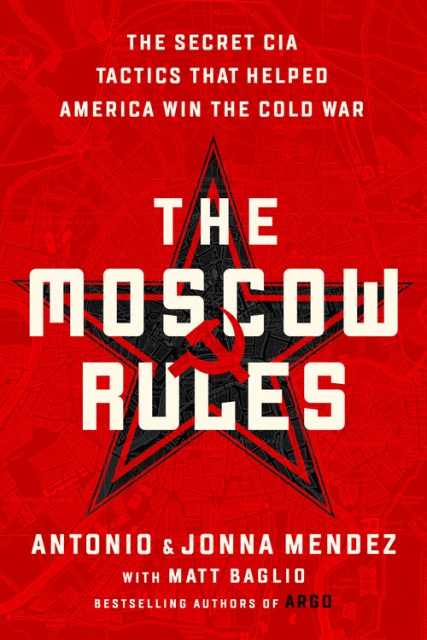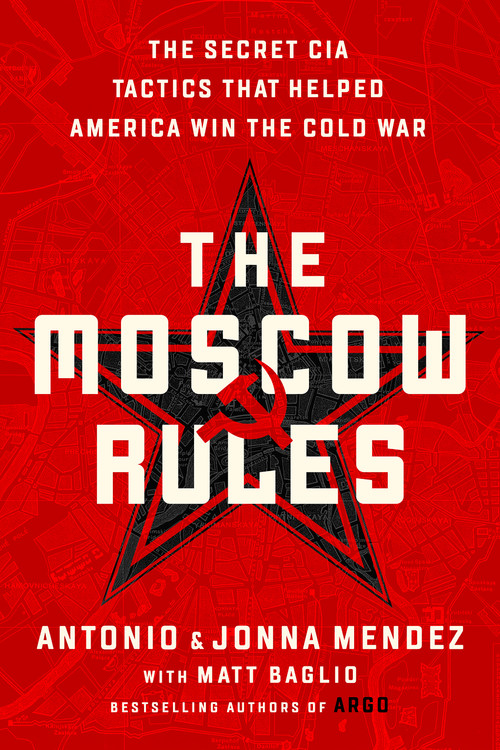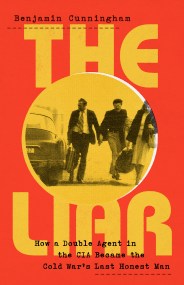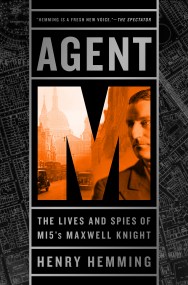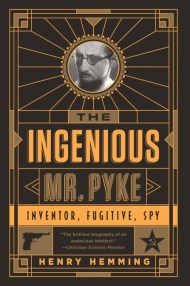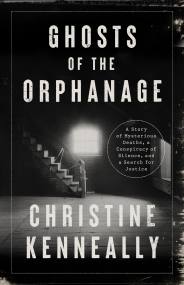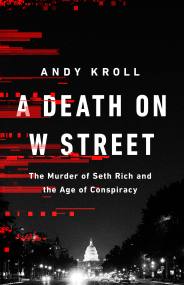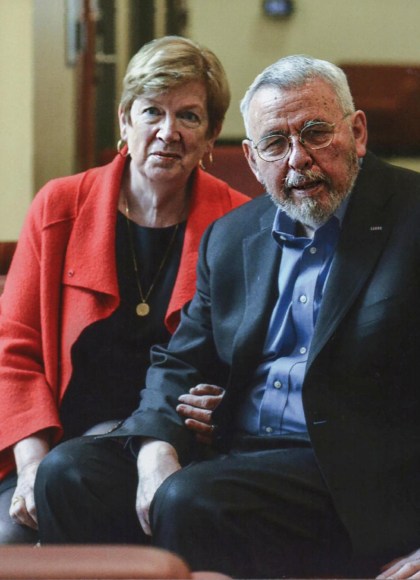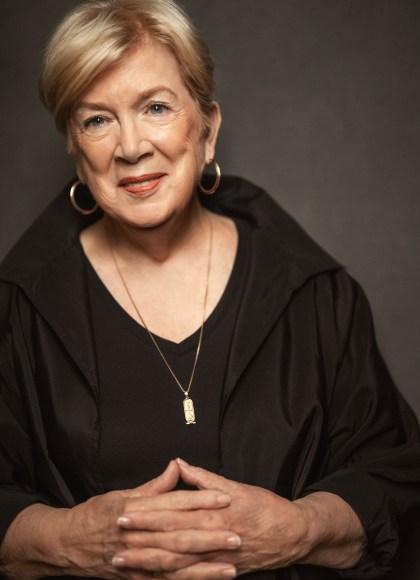Promotion
Use code MOM24 for 20% off site wide + free shipping over $45
The Moscow Rules
The Secret CIA Tactics That Helped America Win the Cold War
Contributors
By Jonna Mendez
Formats and Prices
Price
$18.99Price
$24.99 CADFormat
Format:
- Trade Paperback $18.99 $24.99 CAD
- ebook $11.99 $15.99 CAD
- Audiobook Download (Unabridged)
This item is a preorder. Your payment method will be charged immediately, and the product is expected to ship on or around May 19, 2020. This date is subject to change due to shipping delays beyond our control.
Also available from:
From the spymaster and inspiration for the movie Argo, discover the “real-life spy thriller” of the brilliant but under-supported CIA operatives who developed breakthrough spy tactics that helped turn the tide of the Cold War (Malcolm Nance).
The Moscow Rules tells the story of the intelligence breakthroughs that turned the odds in America’s favor. As experts in disguise, Antonio and Jonna were instrumental in developing a series of tactics — Hollywood-inspired identity swaps, ingenious evasion techniques, and an armory of James Bond-style gadgets — that allowed CIA officers to outmaneuver the KGB.
As Russia again rises in opposition to America, this remarkable story is a tribute to those who risked everything for their country, and to the ingenuity that allowed them to succeed.
Genre:
-
"An insider's look at CIA operations in Moscow, the most challenging operational city in the world, revealing the tradecraft precepts used to keep priceless assets productive against overwhelming KGB surveillance. Written by two of the people who created these breakthrough tactics, The Moscow Rules takes you every step of the way on the snowy streets of Moscow."Jason Matthews, New York Times-bestselling author of the Red Sparrow trilogy
-
"If there was ever a single book which could sum up the dangers, heroism, inventiveness and intrepidity of the intelligence officers of the CIA it is The Moscow Rules. This final homage to one of the nation's bravest patriots will be an instant bestseller. It is the real-life spy thriller one can't put down."Malcolm Nance, New York Times bestselling author of The Plot to Destroy Democracy
-
"Even inside the CIA, very few know the whole story of how the highest-level CIA tradecraft was developed for use in Moscow. The legendary Tony and Jonna Mendez were a vital part of creating that tradecraft, and their riveting insider account is unlike any spy story that's ever been published."Joe Weisberg, creator/executive producer, The Americans
-
"A gripping read. Thanks to Tony Mendez's extraordinary talent, the CIA was able to elude KGB surveillance to carry out high-risk, high-payoff operations with impunity-until tripped up by traitors within our own ranks. It's all in this book-the good, the bad, and the ugly, unflinchingly revealed. Tony and his wife and coauthor, Jonna, were two of the stars from the Office of Technical Service, CIA's version of James Bond's 'Q,' and key to so many of the agency's successes-and nowhere more so than in Moscow during the Cold War."Jack Downing, former chief of station, Moscow, and the CIA's former deputy director for operations
-
"Intriguing true stories of the techniques of CIA spying on the dangerous front line of the Cold War."Dame Stella Rimington, former director of MI5
-
"A gripping, interesting and relevant read... reads like a spy novel yet tells a true tale of the darkest days of the espionage war largely fought between the CIA and the KGB."Cipher Brief
- On Sale
- May 19, 2020
- Page Count
- 272 pages
- Publisher
- PublicAffairs
- ISBN-13
- 9781541762183
Newsletter Signup
By clicking ‘Sign Up,’ I acknowledge that I have read and agree to Hachette Book Group’s Privacy Policy and Terms of Use
